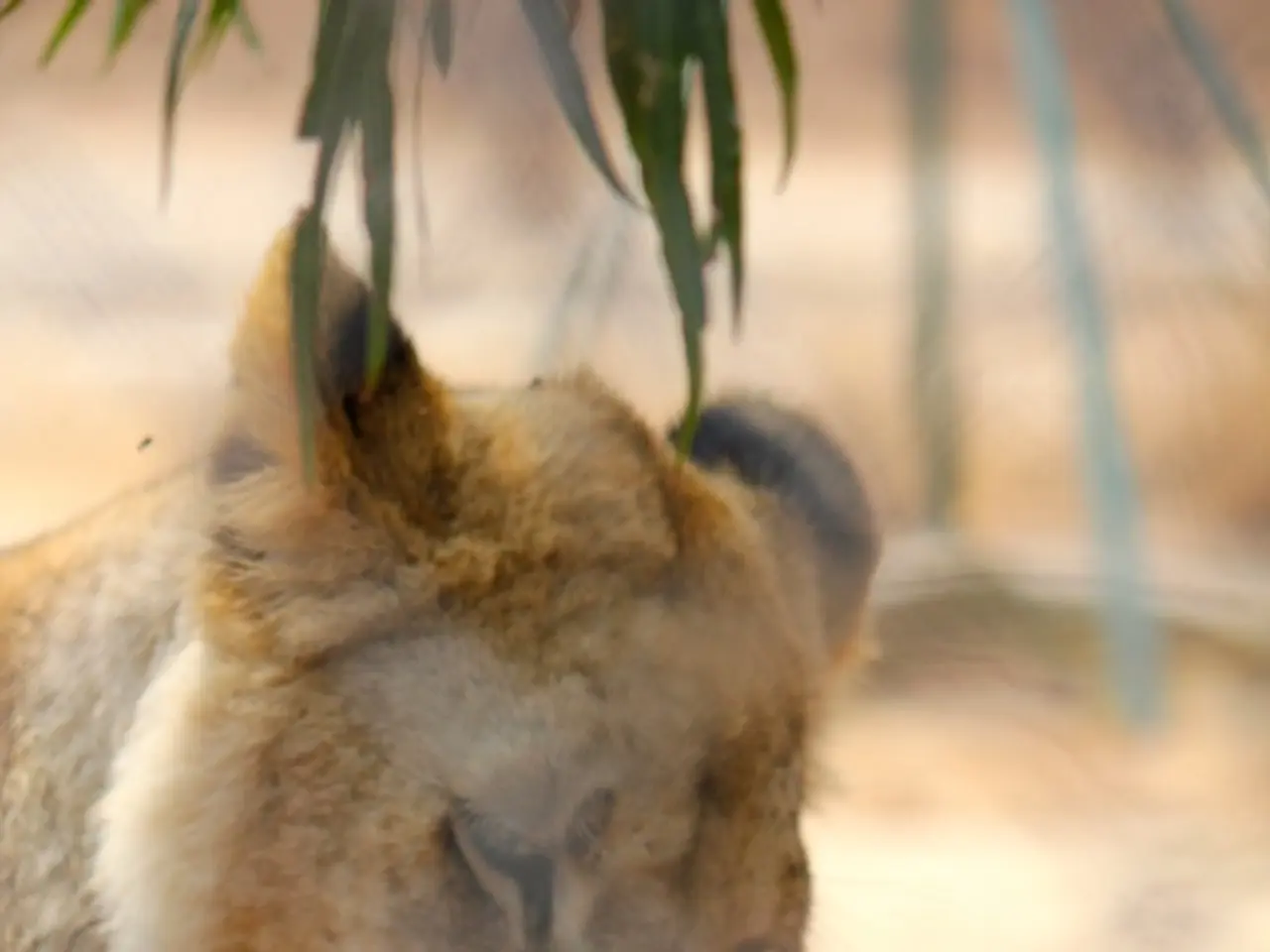Rising Threat of Zoonotic Diseases Posed by Potentially Harmful Creatures Within Our Borders
In recent years, a number of dangerous animal diseases have been causing significant concern for farmers across the nation. These diseases, including the bluetongue disease, African swine fever, foot and mouth disease, bird flu, bovine herpesvirus, and Salmonella Dublin, have been impacting farms, particularly in the west of the country, and are threatening the existence of thousands of farms.
The bluetongue disease, for instance, has resulted in milk shortages, fertility problems, and increased veterinary costs. Udder inflammations occurred noticeably more often due to the disease. In 2024, it caused damages of around 97 million euros on German farms.
The foot and mouth disease incident in 2024 resulted in estimated losses of up to one billion euros. A case of foot and mouth disease among water buffaloes in Brandenburg in January 2025 led to international markets closing and exports coming to a standstill.
In an industry with already narrow margins, the costs of dealing with animal diseases can mean the end for many farmers. Without precautions, even healthy animals may be affected by the diseases. Diseases enforce immediate slaughtering, quarantine zones, and trade stops, causing significant economic losses for farms, slaughterhouses, and transport companies.
Farmers who have not taken out a specific insurance policy are left with the costs of dealing with animal diseases. Preventive vaccinations and targeted health monitoring could have prevented many of the consequences of animal diseases. Experts advise strict biosecurity measures, including isolation of barns during risk phases, regular disinfection of transport vehicles, and strict control of outsider access.
Salmonella Dublin, a variant that causes pneumonia, blood poisoning, abortions, and kills many calves and cows annually, is particularly concerning because it is often asymptomatic in herds, antibiotic-resistant, and can infect humans with a high fatality rate (up to 12%). The Theileriosis, a tick-borne disease, has also been confirmed recently in cattle and leads to bovine infectious anemia. There are currently no approved treatments in the U.S.
Zoonotic and transboundary diseases, such as foot-and-mouth disease, lumpy skin disease, brucellosis, peste des petits ruminants, anthrax, and Crimean-Congo hemorrhagic fever, have severe economic impacts by reducing livestock productivity, disrupting trade, and threatening food security.
The exact economic impact varies by country and disease prevalence but can result in millions to billions in losses, depending on the scale and effectiveness of control measures. Recent observations suggest an increase of about ten percent in the number of animal diseases.
With the increasing threat of dangerous animal diseases, it is crucial for farmers to prioritise biosecurity measures and consider insurance policies to protect their livelihoods.
"The increasing number of dangerous animal diseases, such as Salmonella Dublin and Theileriosis, poses a significant health-and-wellness threat not only to livestock but also to human populations due to their zoonotic nature. In light of these concerns, science and preventive measures play a vital role in mitigating the economic losses and ensuring the survival of farms."
"To safeguard their farms from the financial burdens of animal diseases like foot and mouth disease, bluetongue disease, and Salmonella Dublin, farmers must proactively adopt health-and-wellness practices such as implementing strict biosecurity measures, taking out specific insurance policies, and embracing preventive vaccinations and health monitoring."




